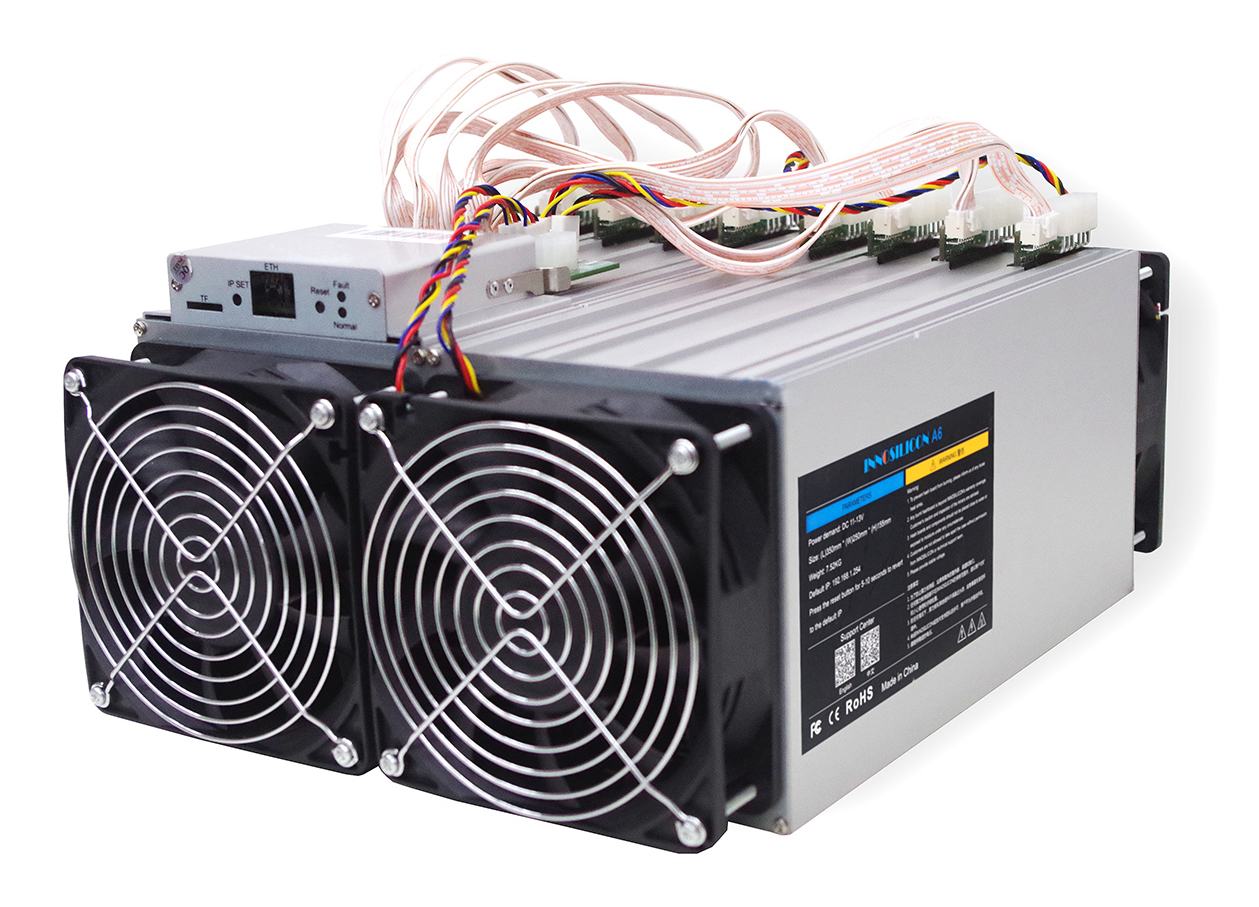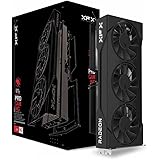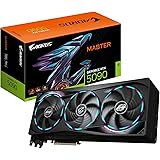This post looks into a comprehensive analysis of the A6 LTCMaster, an aging cryptocurrency miner released in early 2018. It explores its technical specifications, potential risks associated with second-hand acquisition, and its overall viability in the contemporary cryptocurrency mining landscape.
The rapid evolution of cryptocurrency mining technology has resulted in a continuous cycle of obsolescence, where newer, more efficient machines quickly replace older models. The A6 LTCMaster, designed for mining Litecoin (LTC) and other Scrypt-based cryptocurrencies, serves as a prime example of this phenomenon. Understanding the strengths and weaknesses of such aging hardware is crucial for anyone considering entering or remaining in the cryptocurrency mining industry.

Technical Overview
The A6 LTCMaster boasts a hashrate of approximately 1. 23 GH/s for LTC/Scrypt mining. This figure, while seemingly significant at the time of its release, pales in comparison to the capabilities of modern Application-Specific Integrated Circuit (ASIC) miners. Power consumption is a critical factor in evaluating mining hardware, and the A6 LTCMaster consumes around 1500W, with a tolerance of approximately 8% at 25°C. This translates to a power efficiency of 1. 22 j/Mh, a metric that is considerably less efficient than current-generation miners.
In terms of operational requirements, the A6 LTCMaster generates a substantial amount of noise, registering at around 82 dB. This level of noise can be problematic for home-based mining operations and necessitates careful consideration of placement and soundproofing. The unit’s weight, ranging from 7. 5 to 9. 3 kg, also factors into its portability and setup.
The A6 LTCMaster operates within a temperature range of 5 to 45°C, with optimal performance at 25°C. Maintaining this temperature range is critical to prevent overheating and potential damage to the hardware. The miner requires a robust Power Supply Unit (PSU) with a capacity of 1600-1800W, utilizing multiple PCI-E 6-pin connectors to power its dual tubes and hash boards.
Risks and Weaknesses of Second-Hand Acquisition
Acquiring an A6 LTCMaster in the second-hand market presents several risks that potential buyers must carefully consider:
Viability in the Current Cryptocurrency Market
The viability of operating an A6 LTCMaster in the current cryptocurrency market is heavily dependent on several factors, including electricity costs, mining difficulty, and the price of Litecoin or other mined cryptocurrencies. In most scenarios, the A6 LTCMaster struggles to compete with modern miners due to its higher energy consumption and lower hashrate.
Profitability Analysis: To determine the potential profitability of the A6 LTCMaster, one must consider the following:
- Electricity Cost: Calculate the cost per kilowatt-hour (kWh) in your location. 2. Hashrate: The A6 LTCMaster has a hashrate of approximately 1. 23 GH/s. 3. Power Consumption: The miner consumes around 1500W, or 1. 5 kWh. 4. Mining Difficulty: Monitor the current difficulty of mining Litecoin or other Scrypt-based cryptocurrencies. 5. Cryptocurrency Price: Track the current market price of the mined cryptocurrency. 6. Mining Pool Fees: Account for any fees charged by the mining pool.
Using these factors, one can estimate the daily or monthly revenue generated by the A6 LTCMaster and compare it to the cost of electricity. In many cases, the electricity cost will outweigh the revenue, resulting in a net loss.
Alternative Considerations: Despite its limitations, the A6 LTCMaster may still be viable in certain niche scenarios:
Key Considerations for Second-Hand Buyers
If considering purchasing an A6 LTCMaster on the second-hand market, it is crucial to take the following precautions:
- Thorough Testing: Request a video demonstration or, ideally, test the miner in person to verify that all hash boards are functioning correctly. 2. PSU Performance: Check the PSU’s performance to ensure it can reliably deliver the required power. 3. Shipping and Import Costs: Factor in the cost of shipping and any applicable import duties or taxes. 4. Electricity Cost Analysis: Conduct a comprehensive analysis of electricity costs to determine potential profitability. 5. Comparison with Modern Miners: Compare the A6 LTCMaster’s efficiency with that of modern Scrypt miners to assess its competitiveness. 6. Profit Calculation: Calculate expected profit, taking into account all costs, not just gross earnings.
Impact on the Cryptocurrency Mining Landscape
The A6 LTCMaster, while now considered an older model, played a role in the evolution of cryptocurrency mining. Its release contributed to the increasing specialization of hardware and the rise of ASIC miners. As newer, more efficient miners entered the market, the A6 LTCMaster gradually became obsolete, illustrating the rapid pace of technological advancement in the cryptocurrency industry.
Potential Future Developments
While the A6 LTCMaster itself is unlikely to see further development, its legacy serves as a reminder of the continuous innovation in cryptocurrency mining. Future developments in this field are likely to focus on:
The A6 LTCMaster, once a prominent player in the Litecoin mining arena, now represents an aging technology with limited viability in the current cryptocurrency market. Its high power consumption, noise level, and potential reliability issues make it a less attractive option compared to modern miners. However, in niche scenarios with extremely low electricity costs or for educational purposes, it may still hold some value. Potential buyers should carefully weigh the risks and benefits before acquiring an A6 LTCMaster on the second-hand market, conducting thorough testing and analysis to ensure it aligns with their specific needs and circumstances. As the cryptocurrency mining industry continues to evolve, the A6 LTCMaster serves as a valuable case study in the rapid obsolescence of technology and the importance of staying abreast of the latest advancements.




